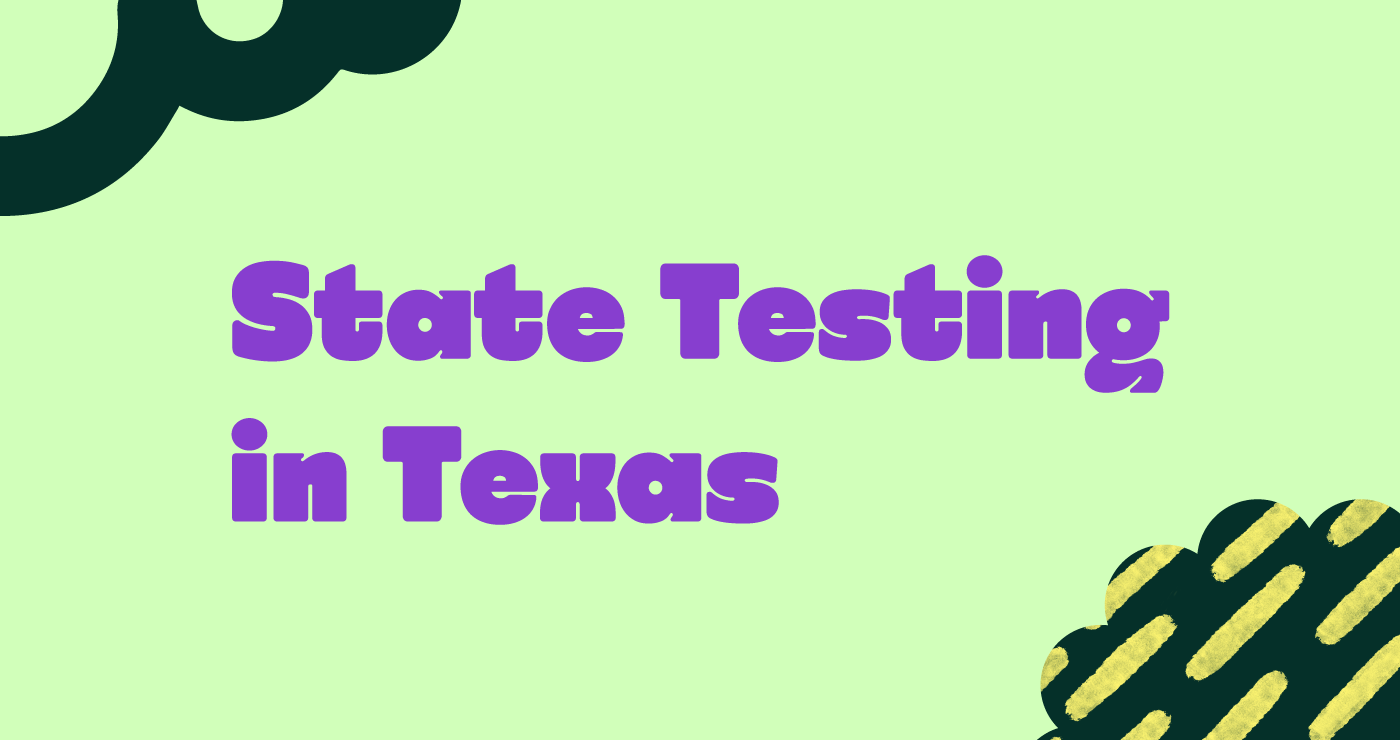
Shirin Bradfield
STAAR testing and Kami
As you’ll know, there’s been some pretty major changes to state testing in Texas. Luckily, Kami has all the question types covered, so students can practice using Kami until they are confident and ready for the test. Check out our tutorial video below or read on to find out more.
How are students tested in Texas?
Students in Texas take the STAAR test each spring. STAAR (State of Texas Assessments of Academic Readiness) is a collection of assessments administered statewide to see if Texas students’ academic performance meets the Texas Essential Knowledge and Skills (TEKS) set out by the TEA (Texas Education Agency — based in Austin). It’s a standardized test taken by Texas schools (public schools) covering core subjects, including English, mathematics, science, and social studies.
The STAAR test is given to students in elementary school and middle school, as well as the end-of-course (EOC) exams for high school students. Here’s a breakdown of the tests for each grade level:
- Grades 3–8 Mathematics
- Grades 3–8 Reading Language Arts
- Grades 5 and 8 Science
- Grade 8 Social Studies
- Algebra I, English I, English II, Biology, and U.S. History
For more information, check out this page on the official website.
What’s changed?
- No more than 75% of questions can be multiple choice
- More than 25% of STAAR exams will feature new technology-enhanced item types
- There are no longer optional STAAR end-of-course (EOC) assessments for Algebra II or English III.
- STAAR will be administered to all migrant students as they must be assessed using the same system of high-quality, yearly assessments. More information is available here.
What are technology-enhanced item types?
A technology-enhanced item (TEI) is a computer-delivered item that includes specialized interactions for collecting response data. TEIs have been specifically designed to encourage students to construct an answer rather than just select a response. They require students to think critically, resulting in a better understanding of their comprehension and knowledge of a particular topic.
In January 2021, Texas ISDs (independent school districts) volunteered to participate in cognitive labs where their students took part in learning activities that involved technology-enhanced item types. Based on the results from the cognitive labs, the TEA is considering several new item types
| Item Type | Kami |
| Multiselect: Two or more correct answers are selected. | Create Multiple Choice questions using the Question tool. (Google Classroom users only). |
| Multipart: Multipart items are two questions, Part A and Part B. Part B can’t be correct if Part A is incorrect. | Teachers can upload two-part questions on the same Kami page and grade them manually. |
| Drag-and-Drop: Drag-and-drop items require students to choose their answers from a bank of options and then drag the answer across the screen and drop it in the correct spot. | Drag-and-drop questions can be created by adding a Text Box or by selecting Add Media on a Kami doc. Once the doc is shared, students can move the media to answer the question. |
| Hot Spot: With Hot Spot questions, students usually choose one or more areas of a graphic as their response to an item. | Teachers can insert images using Add Media, and students can highlight areas of a graphic with the Freehand Highlighter or Drawing tool. |
| Graphing: Learners independently create graphs. | Graphs can be drawn using the Ruler and Protractor tools for measured straight lines. They can also add lines from the Shapes tool. |
| Equation Editor: Equation editor items allow students to construct equations or inequalities as their response to an item. | Equations are easy to construct using the Equation tool, where you can choose from 60+ symbols and formulas. |
| Hot Text: Hot text items require students to select a highlighted sample of text (hot text) to evidence their understanding. | Students can use any of the three Highlighter tools and choose from 100+ colors |
| Inline Choice: Inline choice items allow students to select a response from a drop-down menu placed within the question. | In the Question tool, you can select Dropdown to create Inline Choice questions. Teachers will have the option to select single or multiple answers. (Google Classroom users only). |
| Text Entry: Students enter a brief response to a question, such as a word, number, or phrase. | Students can add Text Boxes to type responses into Kami. They can also Voice Type their answers into a Text Box or Text Comment. |
| Short Constructed Response: Short constructed response items allow students to give brief explanations to demonstrate their understanding. | Using the Question tool, teachers can simply select Short Answer. If teachers are not using Google Classroom, they can add a Text Box instead. |
| Match Table Grid: Match Table Grid items require students to match the information presented in a table to a response item. | Teachers can insert existing table grids into Kami, or use Graphic Organizers to create a table. Students can use the Line tool or any freehand tools to match the information presented. |
If you’re looking to practice for the STAAR tests, TEA has released several practice tests and sample questions for students and teachers to work on to get a feel for the new question types. Another really helpful resource is the FAQ page on the texasassessment.gov website – here’s the link.
You may also like

From ancient academies to AI-enabled classrooms

Improving AI literacy in American schools

